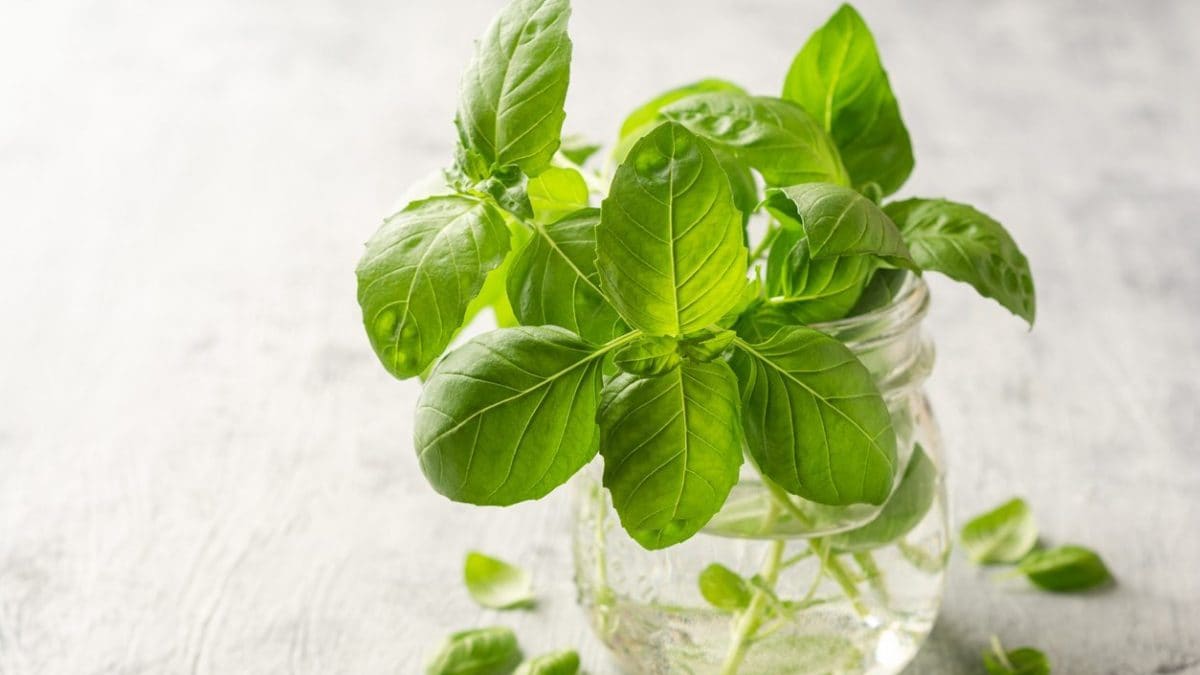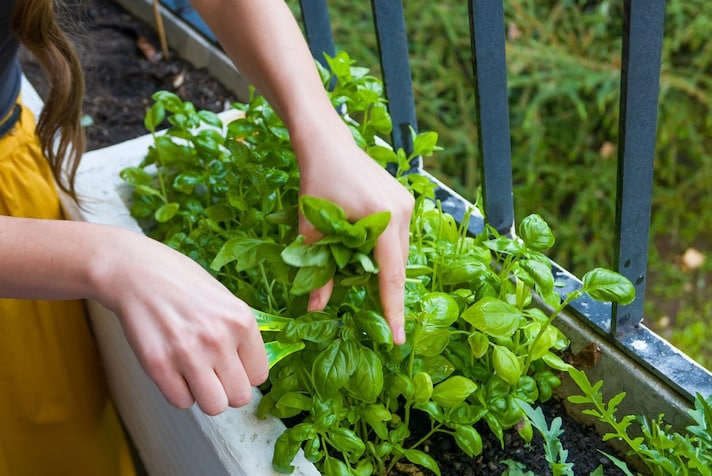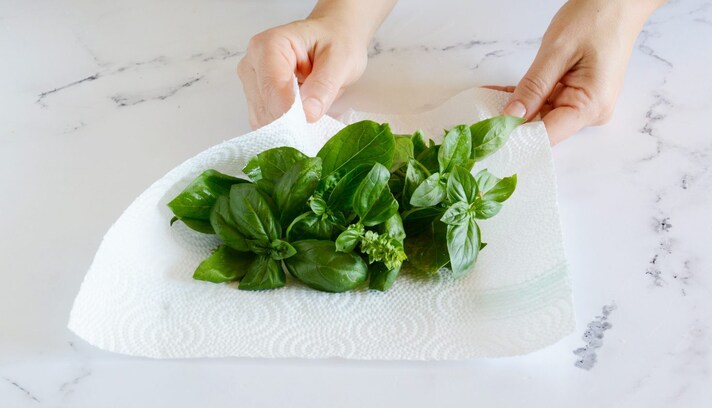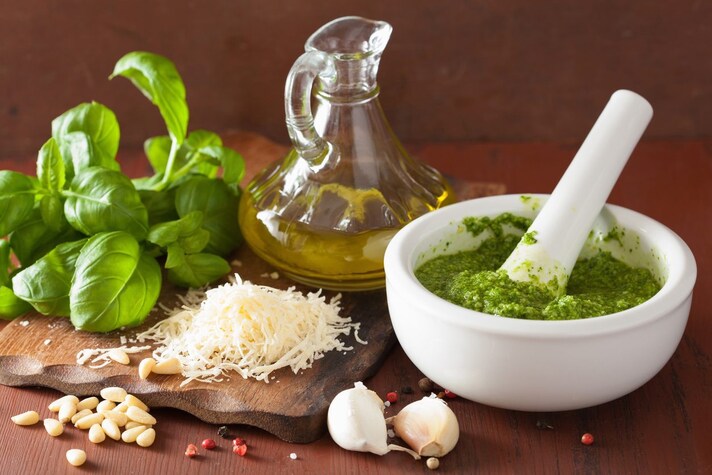
King of aromatic herbs, symbol of Mediterranean cuisine: we are talking about basil, an annual herbaceous plant used since the time of the ancient Egyptians not only from a nutritional point of view, but also for its many beneficial properties, including being a powerful natural antibacterial and anti-inflammatory. Fragrant, versatile and easy to grow even at home , basil grows throughout the year although it prefers the spring and summer seasons. In nature there are more than 50 different varieties, but they all present the same problem when harvested: the leaves turn black very quickly once detached from the plant, because the oxidation process is immediately activated. What factors trigger it and how to avoid it? Here are all the techniques to use to prevent the basil from turning black.
Why Does Basil Turn Black?
But why do basil leaves turn black so quickly once you have picked them? The cause of the change in color are polyphenols, a family of molecules that are very useful but which oxidize quickly when the leaves are detached from the plant and exposed to oxygen and high temperatures. Basil is particularly rich in polyphenols and therefore turns black very quickly if not treated properly, but this is a phenomenon that also affects many other foods in the world of fruit and vegetables (just think of the apple, which when cut and left exposed to air quickly becomes dark).

How to Keep Basil Leaves Green
The oxidative process is a totally natural reaction of the plant, but this does not mean that it cannot be avoided: just learn a few tricks that will allow you to keep the basil leaves green and shiny as if you had just picked them. The most effective technique is to quickly blanch the leaves and then immerse them in ice water: the thermal shock will deactivate the enzyme and stop the oxidation, although the basil in the water could lose some of its properties. All you have to do is immerse the basil for a maximum of 5 seconds in boiling water and then immediately cool it by immersing it in a bowl of water and ice.

A good alternative, if you don't want to use the product right away, is to wrap the basil leaves in cling film and put them in the refrigerator: the temperature of the appliance can prolong their freshness and prevent blackening, but you still have to consume them within a few days. Another technique, less known but useful if you want to keep the leaves green is to use extra virgin olive oil, an excellent product to stop oxidation because it creates a protective barrier against oxygen, preventing blackening. Once you have washed and dried the basil leaves, you just have to immerse them in a thin layer of oil and leave them like that until you are ready to use them, which must be quite soon; if you don't have to use the leaves right away, you have to make a real oil preserve which, by sterilizing the jar properly, will allow you to keep them intact for several months.
What About Pesto? How to Prepare it Without it Turning Black
The treatments we have illustrated are all excellent even if you need to use basil leaves to prepare the traditional Genoese pesto: no one wants a condiment that has a dark and blackened appearance, so using one of the previous techniques to treat the leaves before turning them into pesto will allow you to obtain a sauce of a beautiful bright green.

This is not the only trick you need to take to prepare a pesto with an impeccable color. Also remember that:
- it is essential that the basil leaves are perfectly dry, especially if you have passed them in hot and cold water, because the liquid that remains is absorbed and makes the pesto not only dark, but also bitter;
- it is very important to use the right tool to crush the leaves, to avoid incorporating too much air in the process which would lead to rapid oxidation. Yes to a stone mortar or classic blender, no to an immersion blender precisely because it incorporates too much oxygen;
- use fresh ingredients from the fridge, including oil, because high temperatures stimulate oxidation, and remember to leave the tool you choose to crush the leaves in the fridge: half an hour in the fridge before use will be enough to have an optimal result.
;Resize,width=767;)
